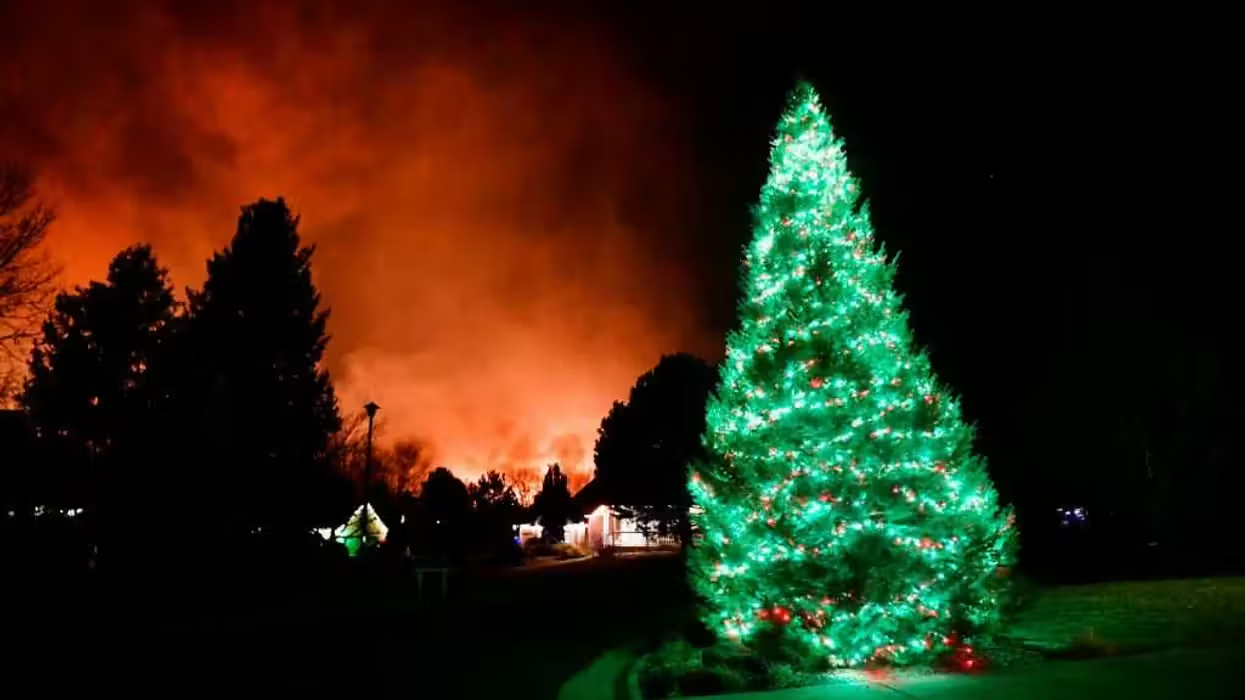The top law enforcement officer in West Virginia has threatened to sue the Obama administration for issuing a new carbon dioxide emissions rule that he says is illegal.
West Virginia Attorney General Patrick Morrisey wrote a letter to Environmental Protection Agency Administrator Gina McCarthy late last week that said the EPA had no legal basis for issuing its rule. The rule says existing power plants will have to cut their carbon emissions by 30 percent in 2030, compared to 2005 levels.
 Environmental Protection Agency Administrator Gina McCarthy announced new carbon emissions rules last week, rules that West Virginia think are in violation of federal law. (Getty Images/Chip Somodevilla)
Environmental Protection Agency Administrator Gina McCarthy announced new carbon emissions rules last week, rules that West Virginia think are in violation of federal law. (Getty Images/Chip Somodevilla)
Morrisey said the EPA based its rule on a flawed understanding of how the law was amended by Congress, and said if the EPA doesn't withdraw it, the next step will be litigation.
"As the chief legal office for the State of West Virginia, I respectfully request that you withdraw the Proposed Rule immediately because EPA lacks the legal authority to adopt that Rule," Morrisey wrote in his nine-page letter. He concluded by saying, "I urge you to withdraw the proposed rule immediately and avoid needless litigation."
In a statement accompanying the letter, Morrisey said the EPA cannot "blatantly violate the law in order to achieve its policy goals."
The letter could be the first of several state-level warnings against EPA's new rule, which coal-producing states say is the latest skirmish in President Barack Obama's "war on coal." Republicans last week said the rule would cut jobs, raise the price of electricity for the middle class, and result in negligible environmental effects because countries like India and China won't face similar emissions rules.
The actual filing of a lawsuit by West Virginia and other states may only come when the EPA's rule takes effect in June 2015. But Morrisey's letter laid out a legal strategy these states are expected to use to fight the rule.
First, the letter noted that existing power plants are already regulated as a source of mercury and other pollutants under section 112 of the Clean Air Act. The EPA used section 111 of that law to justify its new carbon dioxide rule, but that section says if a pollution source is already regulated under section 112, it can't face new regulation under section 111.
"Given that EPA has imposed extensive and onerous regulations on existing coal-fired power plants under Section 112, the agency cannot now use Section 111(d) to require regulation of CO2 emissions from these same existing plants," Morrisey wrote.
The EPA has released a legal memo outlining its justification for the rule, and that memo admitted that as the law appears in U.S. code, pollution sources can't face regulations under both sections 111 and 112.
But the EPA then argued that U.S. code does not accurately reflect amendments made to the law by Congress in 1990. The EPA said those amendments create an ambiguity in the law that allows it to regulate different pollutants under sections 111 and 112, even if they come from the same sources.
Under that interpretation, for example, power plants could face regulations under one section for mercury, and regulations under the other section for carbon dioxide.
Morrisey's letter responded by saying there is no ambiguity at all in the law, and that the law as it exists in U.S. code is the law that should be followed. The letter also argues that a sweeping new rule should not be based on what the EPA itself admits are "ambiguous provisions."
Morrisey said in a statement last week that Congress should step in to resolve the problem, instead of having regulators second-guess Congress.
Based on a close reading of both Morrisey's letter and the EPA's legal memo, a court case would almost certainly focus on whether the EPA overreached by re-interpreting the law in this way. Most of Morrisey's letter and most of the EPA's legal memo goes into great detail about how to interpret the relationship between sections 111 and 112 of the law.
In the meantime, Republicans in Congress are trying to slow down the EPA's rule. Senate Minority Leader Mitch McConnell (R-Ky.) proposed last week that the Senate pass a bill to ensure the rule doesn't hurt jobs, economic growth and electricity delivery.
But when McConnell asked the Senate to approve it, he was blocked by Senate Majority Leader Harry Reid (D-Nev.).
Read Morrisey's letter to the EPA here:
Wva Letter

 Environmental Protection Agency Administrator Gina McCarthy announced new carbon emissions rules last week, rules that West Virginia think are in violation of federal law. (Getty Images/Chip Somodevilla)
Environmental Protection Agency Administrator Gina McCarthy announced new carbon emissions rules last week, rules that West Virginia think are in violation of federal law. (Getty Images/Chip Somodevilla)






